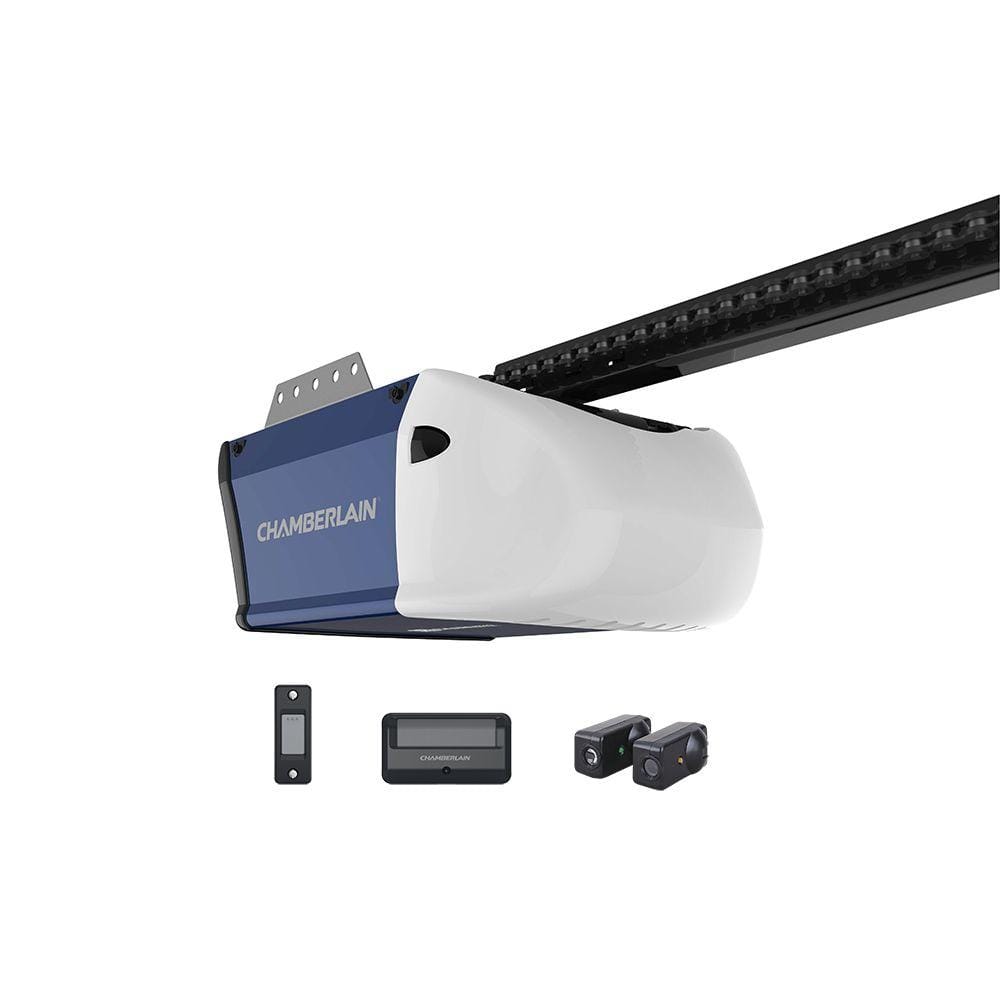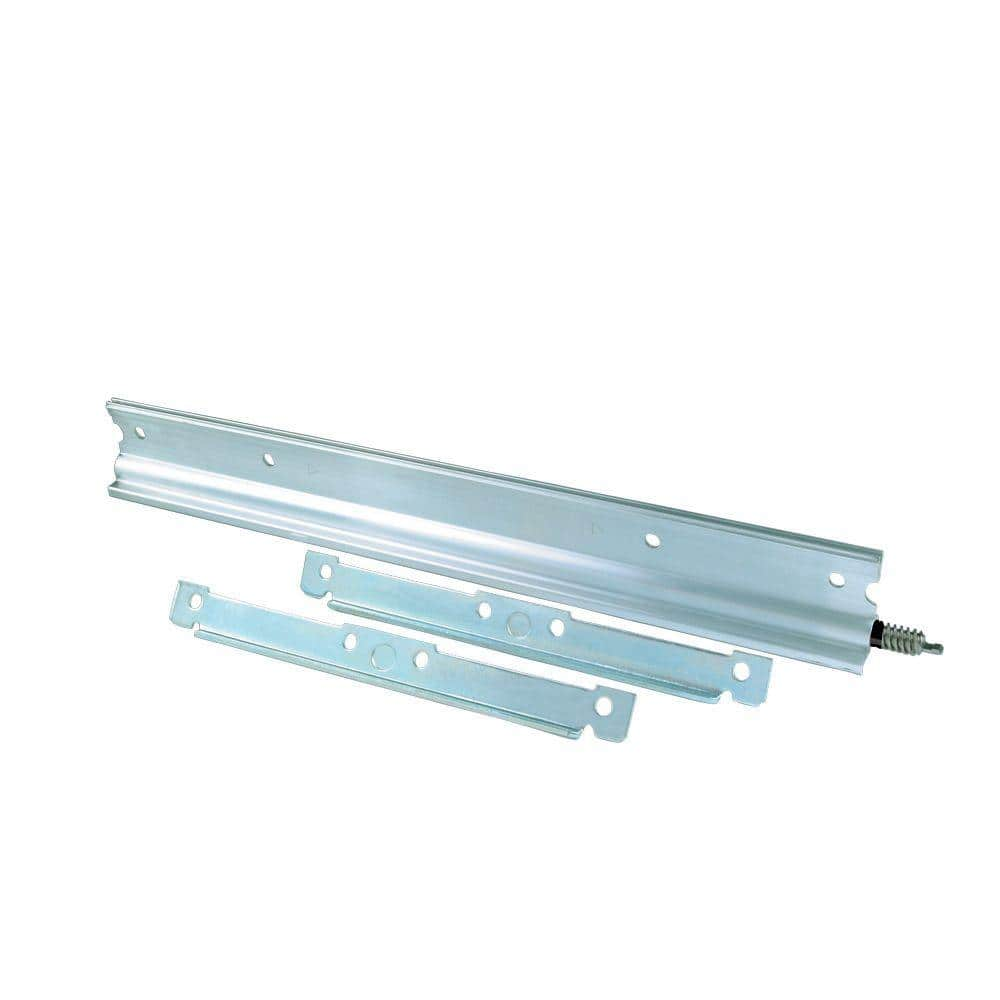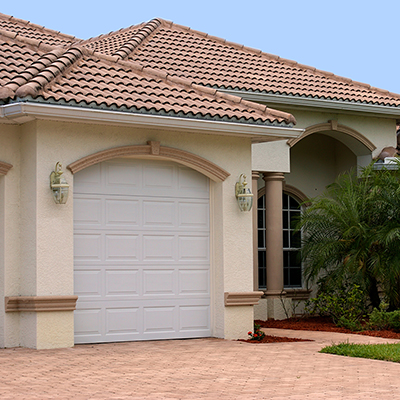Garage Door Opener Buying Guide

Last updated September 7, 2023
Whether you're shopping for the latest smart garage door opener that plays nicely with other networked devices or a budget-friendly model with quick, dependable operation, you can find an opener with the power, performance and features needed for your home.
Use this garage door opener buying guide to understand how the different types of garage door openers work. Find out what horsepower (HP) you need and some of the features and accessories of Wi-Fi enabled openers. Read on to determine the best garage door openers for your property.
Table of Contents
Before You Purchase a Garage Door Opener
Belt Drive Garage Door Openers
Chain Drive Garage Door Openers
Screw Drive Garage Door Openers
Wall Mount Garage Door Openers
Smart Garage Door Openers
Before You Purchase a Garage Door Opener
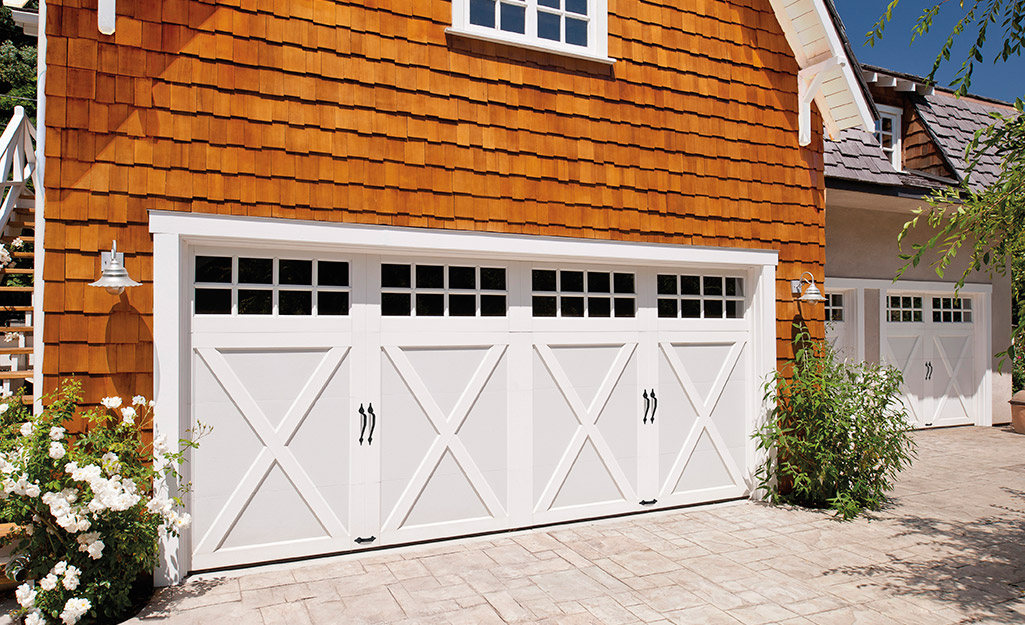
Before you purchase a new garage door opener, consider these important factors:
- Evaluate your garage door size and how often you use it. 1/2 horsepower garage door openers work well with standard aluminum doors in a residential garage. If the garage is the main entrance to your home, have a one-piece or oversized door, choose an opener with the lifting power of a 3/4- to 1 1/4-horsepower.
- Think about your garage's proximity to bedrooms or living space. Belt and wall mount openers offer the quietest operation. This means a minimal disturbance to nearby rooms.
- How important is remote control and monitoring is to you. Wi-Fi-enabled and smart phone openers let you operate the door from almost anywhere. You can watch it with a phone or tablet.
- Consider getting into or out of your garage in case of a power outage: Garage door openers with battery backup let you open and close the garage if the power goes out.
Tip: A larger motor will require a bigger upfront investment. However, it's likely to last longer and require fewer replacements.
Belt Drive Garage Door Openers
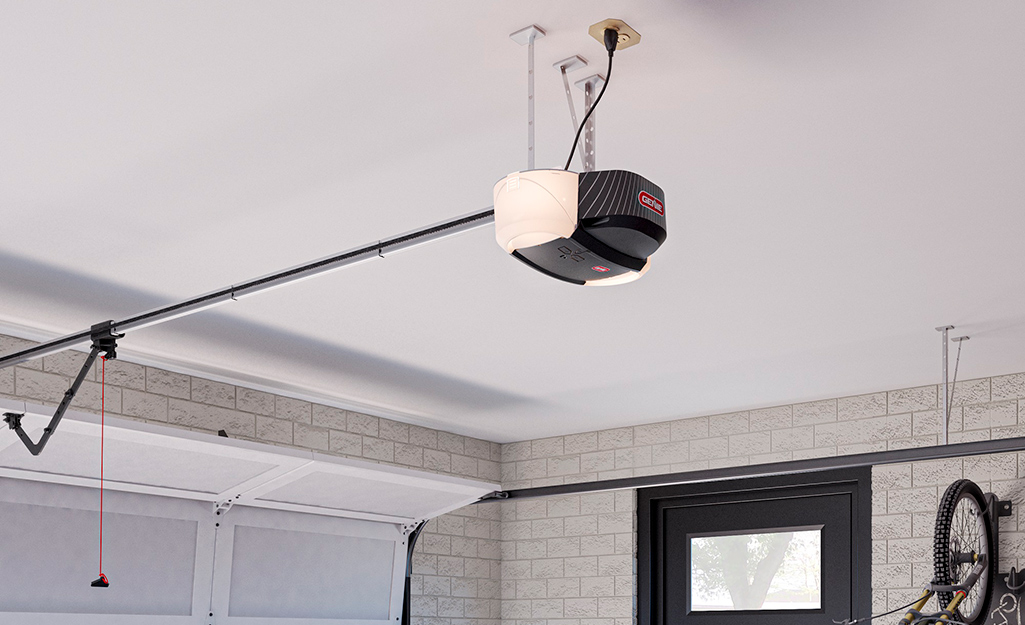
Belt drive garage door openers use a steel-reinforced rubber belt for smooth operation. They typically use smaller DC-powered motors that open and close the door. Some models have a backup battery. Belt drive garage openers are one of the quieter and faster types of garage door openers. Regular maintenance is recommended, and these types of openers can be adversely affected by heat or humidity.
Tip: Belt-drive garage door openers are ideal for garages near bedrooms or other spaces where noise matters.
Chain Drive Garage Door Openers
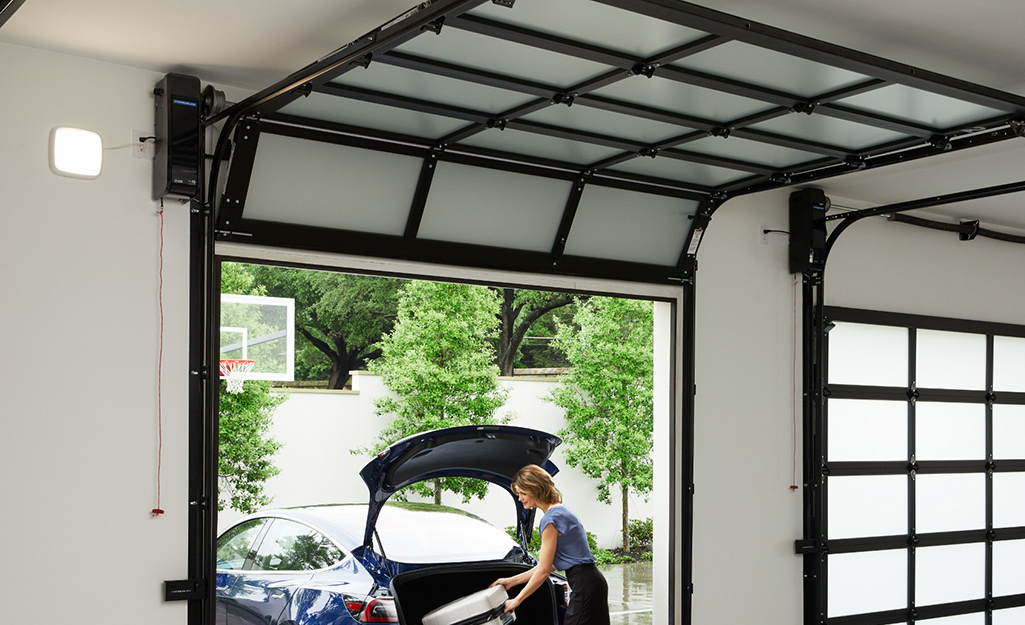
Chain drive garage door openers use a thick bicycle-like chain. Budget-friendly and popular, they make good choices for standard aluminum doors. Chain drive garage openers:
- Are stronger than belt drives and are less likely to slip.
- Tend to make more noise than other opener types, and can shake slightly during use.
- Are more durable when provided with regular and proper maintenance to prevent wear and tear.
Screw Drive Garage Door Openers
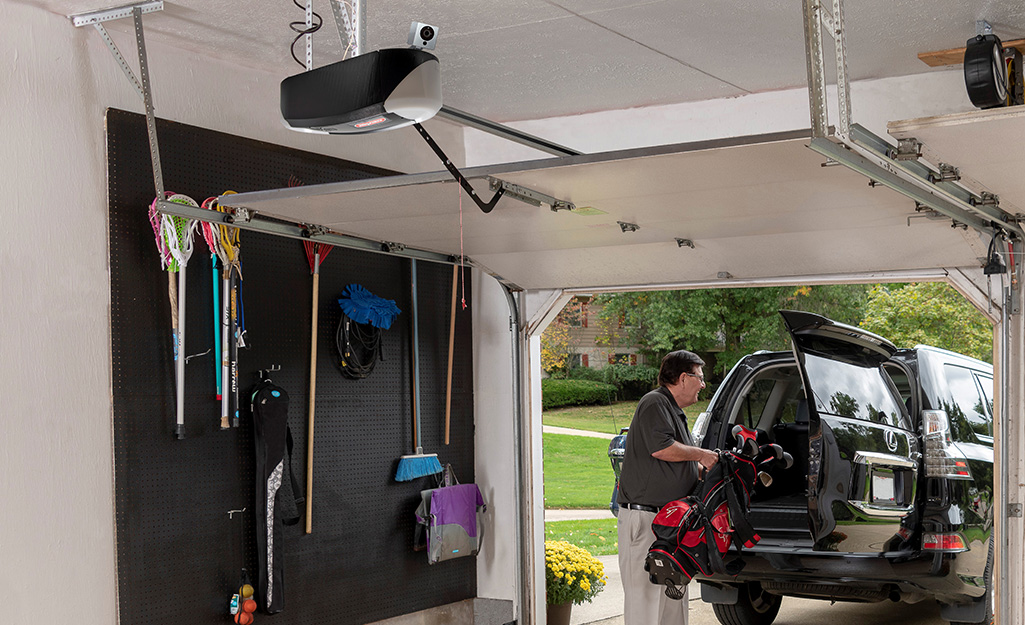
Compact in size, screw drive garage openers are ideal for lower ceilings. They are powerful and reliable openers that require consistent but little maintenance. Unlike other types, screw drive garage door openers do not squeak or clank. They’re perfect for wider, heavier doors, and move a little smoother and slower than other types.
Budget-friendly, screw drive garage door openers use a threaded rod lift mechanism. The screw drive garage door opener uses a threaded rod resembling a screw. This rod is fixed into a track that runs from the opener to the door. A trolley is attached to the threaded rod and extends an arm that’s firmly attached to the door. The motor turns the rod which lifts the arm that raises or lowers the door.
Wall Mount Garage Door Openers
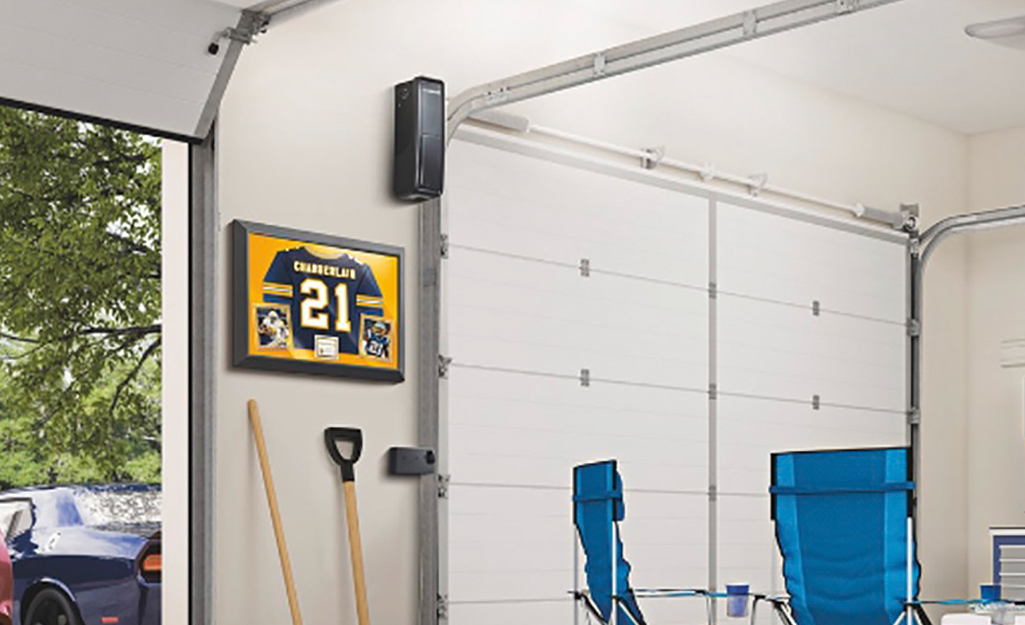
Many garage door opener types are designed to hang from the ceiling. However, wall mount garage door openers can be attached to walls. They use a tension spring, rope and pulley system to move the door up and down. They are easier and safer to maintain than other types.
Wall mount garage door openers can be used on either wall beside the door. They are ideal cathedral or high ceilings over 10 feet and large vehicles. Also called jackshaft openers, wall mount garage door openers also free up overhead space for storage. They can minimize vibration and do not require a ceiling-mounted electrical outlet. They do require a higher upfront investment and only work with sectional doors.
Smart Garage Door Openers
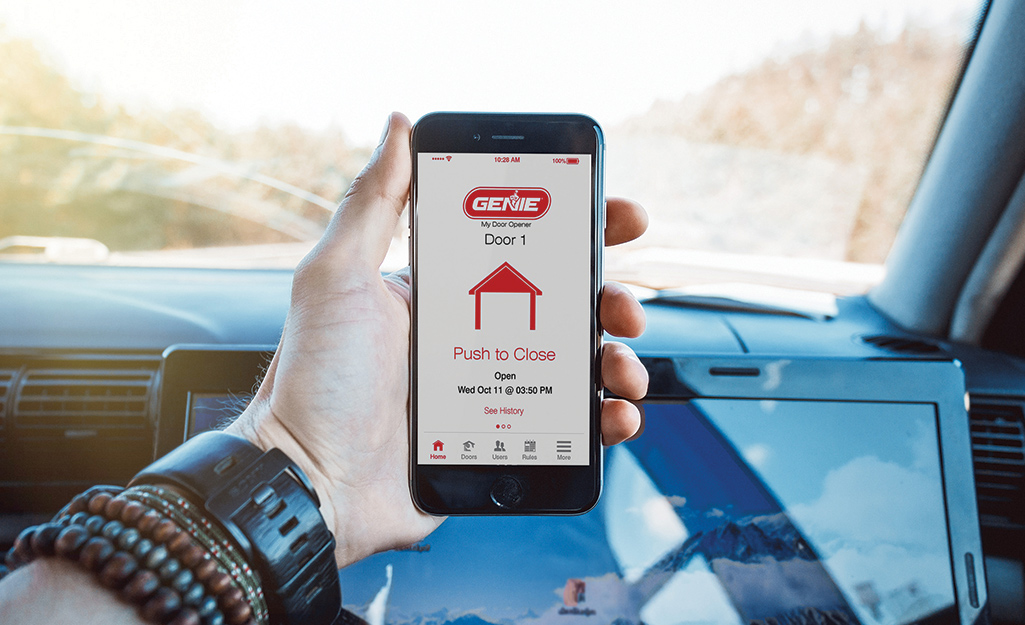
Wi-Fi enabled, smart garage door openers put convenience and peace of mind in the palm of your hand. They offer a wide range of monitoring, control and customization options, including:
- Remote access and monitoring that lets you see if the garage door is open or closed. Close or open your garage from anywhere, get alerts, change settings and more with an app on your phone or tablet.
- Smart home integration links your garage system to your home’s smart hub. It also works with other Wi-Fi enabled devices on the network.
- Modular smart accessories include Bluetooth speakers, an adjustable fan and dual-laser parking-assist modules. Other add-ons such as a carbon-monoxide sensor are available in some advanced models.
Garage Door Opener Special Features
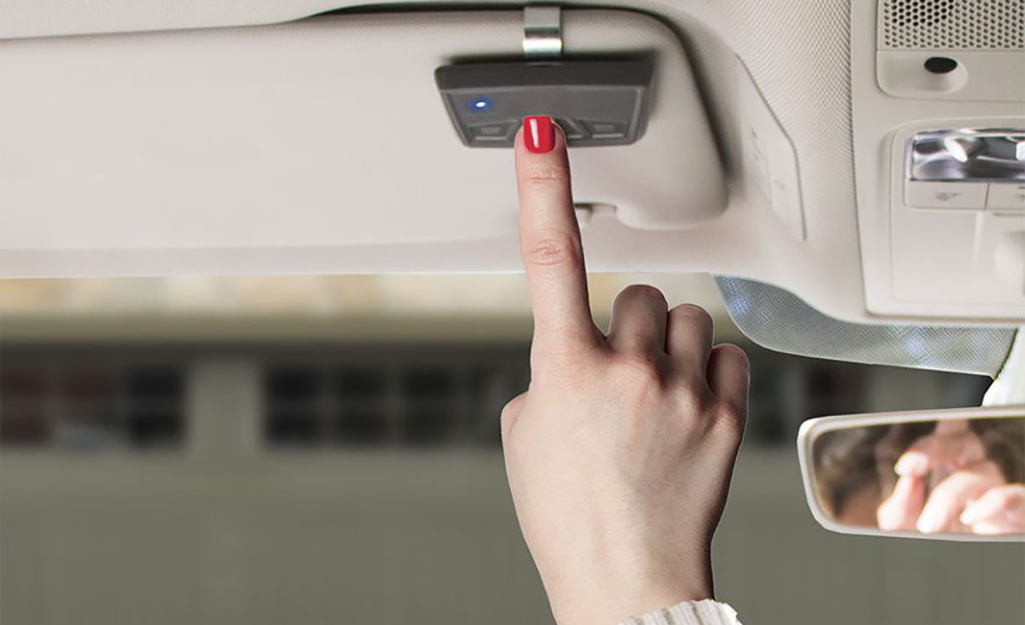
Many standard features are included with most openers. Consider these garage door opener options:
- Battery backup provides reserve power to operate the garage door during a power outage. Some states require this by law.
- Keyless entry keypads provide access to the garage without requiring the remote control or phone app.
- Rolling code security technology prevents accidental openings by nearby remotes and makes it difficult for intruders to access by generating unique access codes for every use.
- Safety sensors prevent the garage door from closing when blocked.
- Overhead lights can activate when the garage door opener is turned on. Some models allow use of the lights independent of the opener's operation.
- An extension kit can be purchased to make up the difference if your garage door is taller than standard.
Tips for Garage Door Opener Installation
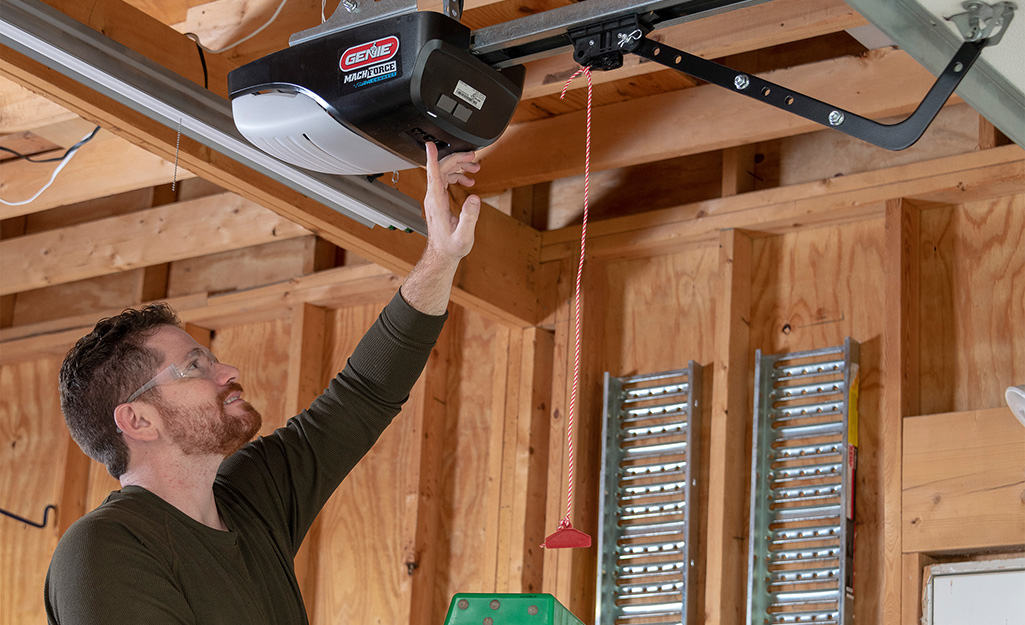
If you've got basic handyman skills, you may find your own garage door opener easy to install. Before you take on this installation project, however, consider the following:
- Having a helper on hand can make the install go a lot quicker.
- Budget about 3 to 4 hours to complete the project, especially if you're also removing an old opener.
- Make sure the door parts are working. Make sure the garage door is balanced and opens and closes properly. Clean the tracks and lubricate with a lithium-based grease.
- Set the garage door opener on a ladder for easier installation.
- Choose the right garage door opener. If you’re installing a garage door opener for the first time, make sure that the opener will be located near an electrical outlet. If not, install an outlet or have one installed by an electrician.
Knowing the different types of garage door openers can help you choose the best for your home. Consider what rooms are next to your garage and the times you’ll be using your garage the most. When selecting a garage door opener, look for one with the right combination of power and noise level. Think about whether a smart or Wi-Fi enabled system works for your home. Ready to choose your opener? Use The Home Depot Mobile App to locate products and check inventory. We'll take you to the exact aisle and bay. If you’d rather have someone else do it for you, check out our professional garage door or garage door opener installation services.
Related Products
Related Guides
Leave Your Next Project to Us
Professional Garage Door Opener Installation
- Expert Garage Door Installers Do It For You
We hand-select licensed and insured garage door specialists in your area who are known for their experience, knowledge, and superior service.
- How Our Garage Door & Opener Installation Service Works
The installation process for your garage door opener starts with designing and ordering your products online using Clopay's free tool. An inspection follows, where a specialist confirms the door’s dimensions and assesses any extra work needed for the opener. Professional installers will then deliver and install your new door, dispose of the old one, and either install your new opener or reconnect the existing one. This streamlined process ensures a smooth and efficient upgrade to both your garage door and opener system.


